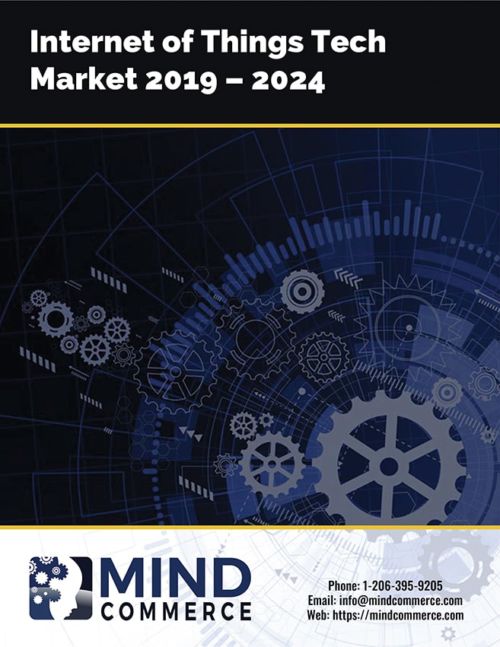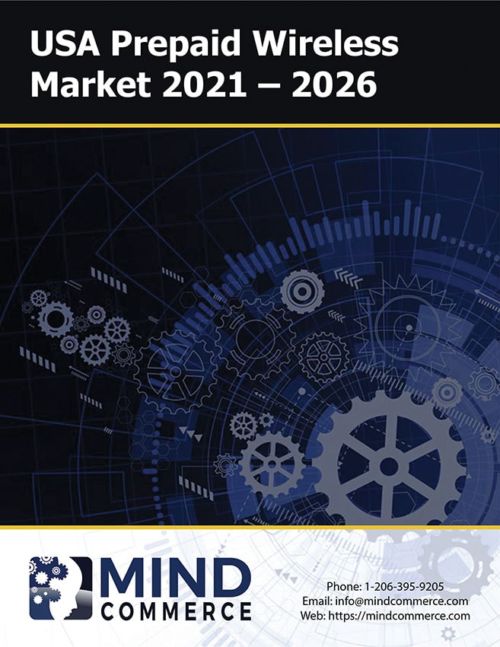Description
Global Communication Service Providers (CSP) continue to see Telecom APIs as a means of leveraging their network and subscriber assets to generate revenues with high margins. However, the ecosystem remains one in which largely third-parties, such as OTT players, maintain the end-user relationship with app and service clients, while CSPs merely provide essentially data as a service on a B2B basis.
While this model may suffice for CSPs with respect to the consumer segment and SMBs, it is not sustainable for large corporate clients. CSPs are facing increasing pressure to provide a greater variety of high quality enterprise communications and business collaboration solutions. Accordingly, Mind Commerce sees this as an area ripe for leveraging Telecom APIs to offer value-added carrier offerings such as team collaboration, telepresence, and unified communications (UC).
For many larger Telecom API vendors, a substantial proportion of revenue continues to be generated from SIP Trunking in support of their client’s VoIP, UC, and other IP-based communications apps and services. However, many smaller players are innovating in areas that have high growth potential such as analytics data, device information, edge computing, and number management for calls, data, and subscribers. The last category in particular is emerging as an important area for unwanted call management solutions including robocall management.
Longer term, Mind Commerce sees CSPs leveraging Telecom APIs and related tools to support a variety of industry requirements in which carriers are amply positioned to leverage their market position. Those opportunities include Internet of Things (IoT) authentication, robotics, Artificial Intelligence (AI) platforms, Mobile Edge Computing (MEC), and support of Blockchain. Three areas that represent great opportunities for carriers to aggressively pursue solution development are AI, IoT, and Mobile Edge Computing.
Telecom APIs in IoT
IoT represents a huge and largely untapped market for CSPs, which Mind Commerce sees emerging once carriers begin to fully leverage 5G for IoT apps and services. More specifically, we have identified the opportunity for carriers to act as a orchestrator/mediator within the IoT ecosystem. Uniquely positioned as owner of the primary network to be used for IoT, and provider of data services for humans and machines alike, CSPs have the opportunity to provide various critical services such as IoT authentication, authorization, and accounting. This will include use of Telecom API resources to help manage IoT related access control, permissions, and usage tracking.
Telecom APIs in Mobile Edge Computing
Carriers are also well-positioned to leverage Telecom API enabled capabilities in support of many edge computing use cases as MEC is rolled-out to optimize LTE, 5G, and IoT. Many MEC use cases will require support from multiple Telecom API categories such as Location, Presence, Subscriber Data, and QoS in support of zone-based enterprise apps, services, and data analytics. This will create both a challenge and opportunity for CSPs, which will need the assistance of systems integrators for implementation and managed infrastructure services providers for ongoing operations.
Telecom APIs in Artificial Intelligence
While many AI capabilities will be embedded within other areas (such as platforms, devices, semiconductors, etc.), AI will also be closely associated with end-users, creating an opportunity for CSPs to provide resource support for many AI enabled use cases. This will include basic support for AI, such as user verification, as well as more advanced functionality, such as identifying resource usage and behaviors among a closed user group like enterprise collaboration teams.
Now in its sixth year of covering the Telecom API market, Mind Commerce is pleased to offer the most comprehensive research covering the ecosystem including players, platforms, tools, solutions, and service offerings. Telecom API Market Outlook and Forecasts 2018 – 2023 provides an in-depth assessment of the global Telecom API market, including business models, value chain analysis, operator strategies and a quantitative assessment of the industry from 2018 to 2023.
Also: See more up to date Telecom API market report.






